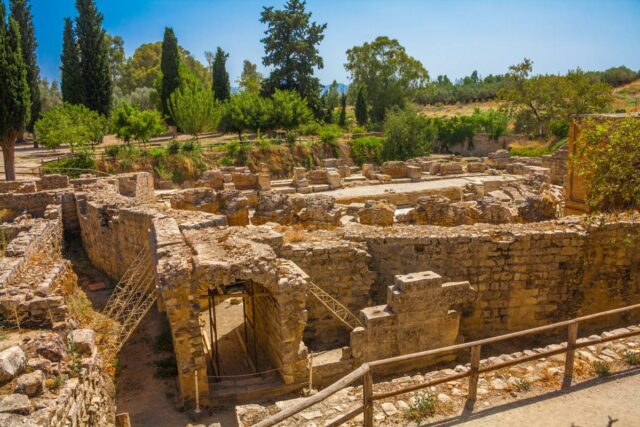Exploring Early Urbanization in the Pacific Ocean: A Revolutionary Discovery
Imagine stepping onto the lush landscapes of Tongatapu, an island in Tonga, where history whispers through the palm trees and ancient earthworks tell tales of a vibrant civilization. Researchers from the Australian National University have uncovered groundbreaking evidence that suggests early urbanization in this part of the world dates back to around 300 AD—significantly earlier than we once thought! This fascinating find arises from cutting-edge aerial laser scanning technology that has transformed how we view our past.
What makes this discovery particularly captivating is that it points to an independent evolution of urban life in the Pacific, distinct from European influences. Instead of towering skyscrapers and bustling streets, early Tongatapu saw a different kind of low-density urbanization, one that facilitated social and economic interactions in ways that may surprise you.
- Imagine small, interconnected communities where resources were shared and cultural practices thrived.
- Picture a landscape dotted with agricultural fields, trade routes, and communal gathering places that fostered cooperation and innovation.
- Envision how these communities adapted to their environment, responding to challenges with ingenuity, much like modern sustainable practices we champion today.
This unique model of urbanization not only contrasts with that of traditional European cities but also emphasizes the adaptability and resilience of Pacific cultures. For instance, between the 13th and 19th centuries, Tongatapu’s influence radiated throughout the southwest Pacific, demonstrating how interconnected these early societies were. However, the arrival of Europeans reshaped this landscape, leading to the decline of these established communities as foreign diseases decimated populations and disrupted social structures.
Unearthing the Past: The Need for Continued Research
This exciting discovery opens the gateway to further exploration of ancient Pacific settlements. It beckons researchers to dive deeper into the rich tapestry of urbanization in the Pacific Ocean. Each new finding may shed light on how these early inhabitants lived, adapted, and thrived—lessons that remain relevant today as we navigate our own urban challenges.
The impulse to uncover our past ignites a sense of curiosity that can lead to invaluable insights. For instance, did you know that similar patterns of early urban development are found in various cultures around the world? Understanding these connections can enrich our appreciation for the diversity of human ingenuity and resilience. A study by the World Bank highlights that cities with a rich historical narrative often foster innovation and adaptability in their modern iterations.
As we delve into the annals of Pacific history, one thing becomes clear: the story of Tongatapu is not just an isolated chapter; it’s a crucial part of the global narrative of urban development. Let’s celebrate this rich heritage and encourage more research that can uncover the complexities and triumphs of our ancestors, paving the way for a deeper understanding of ourselves and our future.






